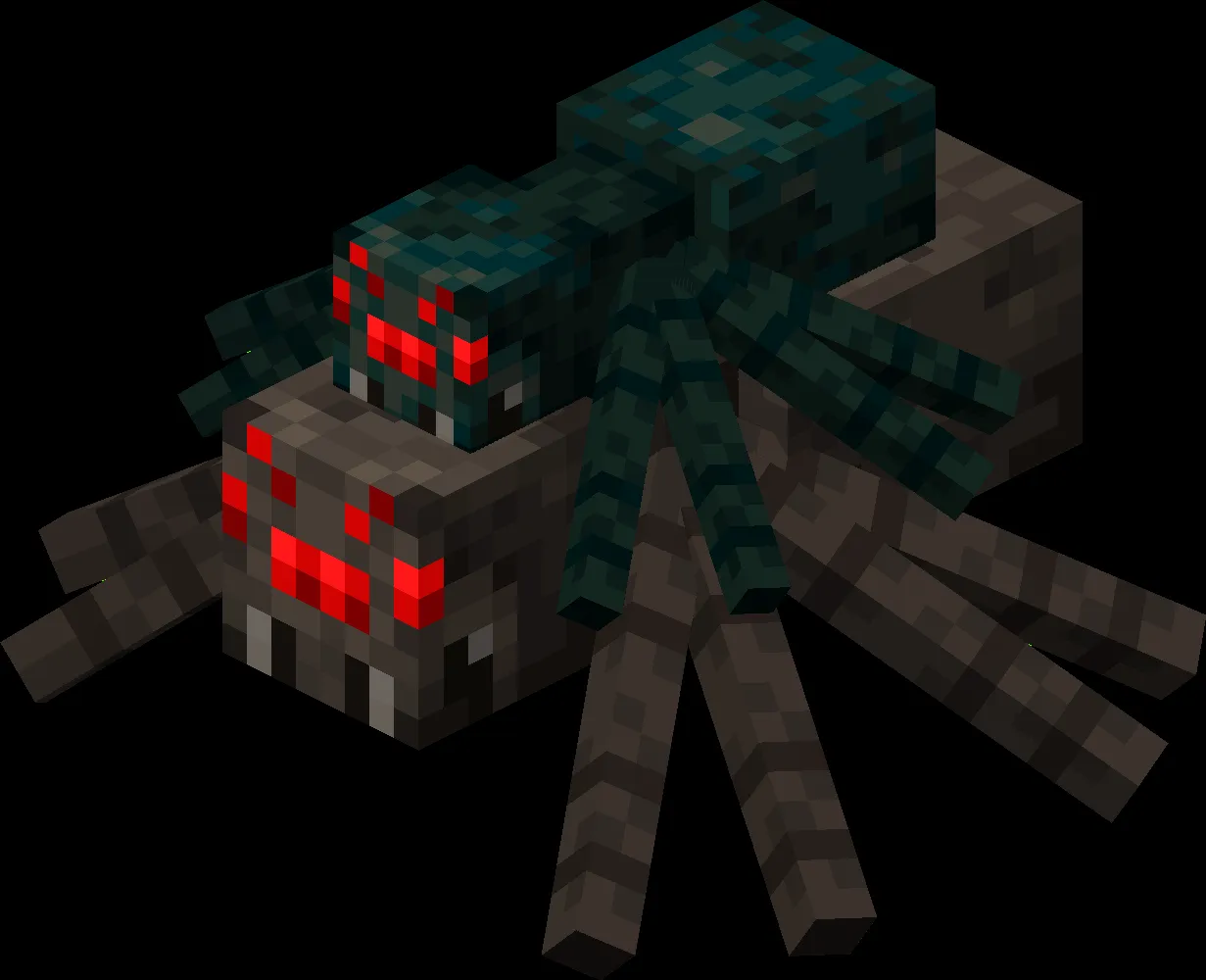The Broodfather tarantula, a captivating arachnid, has gained popularity among tarantula enthusiasts. This guide provides essential tips for new owners, ensuring a fulfilling experience for both you and your eight-legged companion. Owning a Broodfather tarantula can be incredibly rewarding, but it’s crucial to be well-informed and prepared. From understanding their unique characteristics to mastering their care, this guide covers all the essentials. Whether you’re a seasoned pet owner or a complete novice, this guide will equip you with the knowledge to provide a happy, healthy life for your Broodfather tarantula.
Understanding the Broodfather Tarantula
Before acquiring a Broodfather tarantula, it’s crucial to understand its characteristics. This section provides an overview of what makes the Broodfather tarantula unique and what you can expect as an owner. This includes their physical features, temperament, and the overall experience of owning one.
What is a Broodfather Tarantula?
The term “Broodfather” often refers to a specific species or a general term to refer to a mature male tarantula which has the potential to breed. They are known for their impressive size and striking appearance, often displaying vibrant colors and intricate patterns. These tarantulas are relatively docile compared to some other species, making them a good choice for beginners. Understanding the specific characteristics of the Broodfather tarantula will help you to decide if you can provide the right environment for their overall well-being.
Origin and Habitat
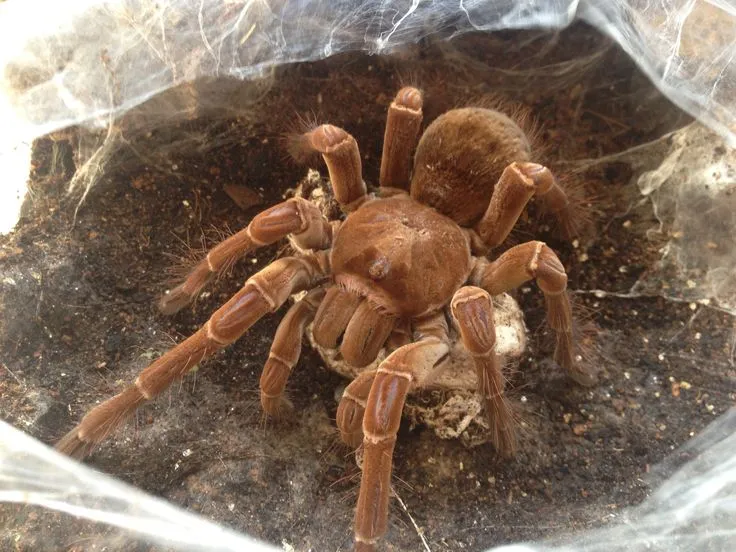
Broodfather tarantulas typically originate from specific regions, often tropical or subtropical environments. Understanding their natural habitat is crucial for replicating their environment in captivity. This includes knowing about the climate, vegetation, and other environmental factors that influence their behavior and health. Researching the specific origin of your Broodfather tarantula will guide you in creating an appropriate habitat that mimics their natural surroundings, ensuring they feel safe and thrive.
Choosing Your Broodfather Tarantula
Selecting a healthy Broodfather tarantula is the first step toward responsible pet ownership. This involves knowing what to look for when choosing a specimen, where to acquire it, and understanding the importance of responsible breeders and vendors. A healthy start sets the stage for a long, fulfilling relationship with your tarantula.
Selecting a Healthy Specimen
When choosing a Broodfather tarantula, examine its overall condition. Look for a tarantula that is active, alert, and has a healthy appetite. The body should be free from any visible injuries or signs of parasites. Check for complete appendages and a plump abdomen, indicating good health and nutrition. A healthy tarantula will usually display a confident demeanor and readily explore its surroundings.
Where to Buy
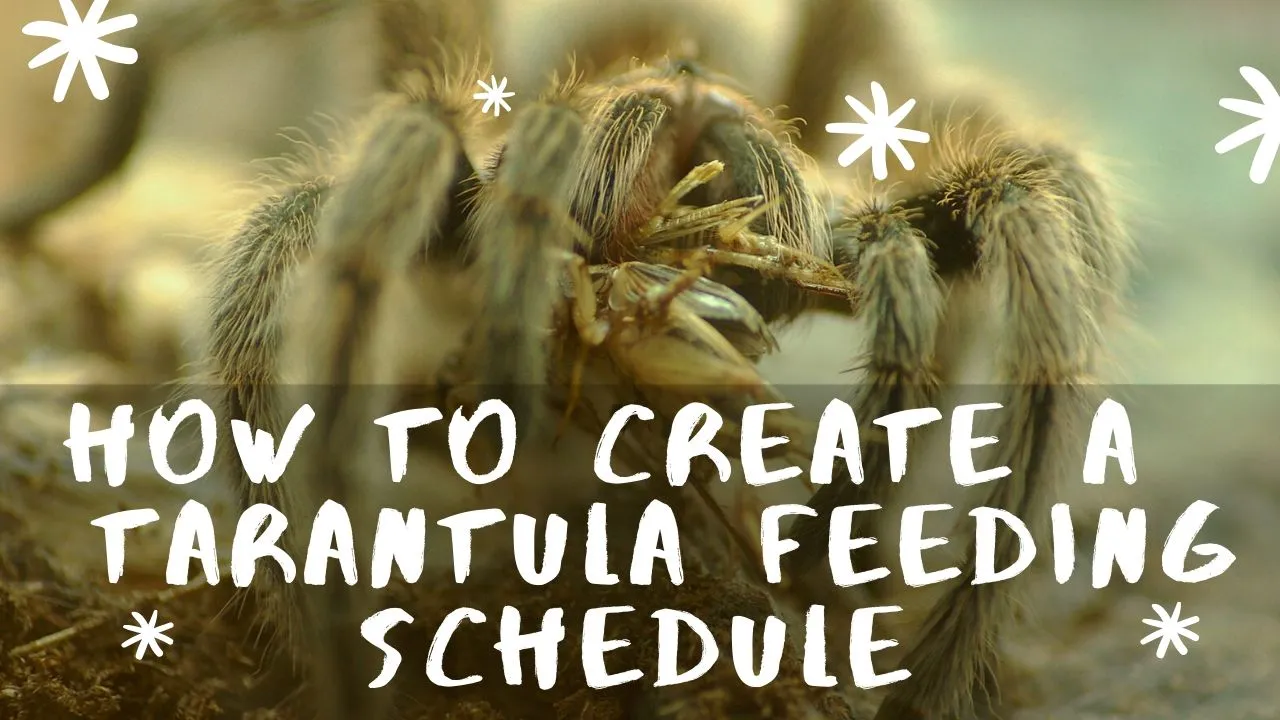
Acquiring a Broodfather tarantula from a reputable source is vital. Reputable breeders and specialized pet stores are more likely to provide healthy specimens and accurate information. Research the seller’s reputation by reading online reviews and testimonials. Avoid purchasing from unreliable sources or places where the tarantulas appear to be poorly cared for. Always check the tarantula’s health and ask the seller about its origin and care history before making a purchase.
Creating the Ideal Enclosure
A well-designed enclosure is essential for the health and well-being of your Broodfather tarantula. This section discusses the key elements of creating an optimal living space, including the appropriate size, substrate, decor, and environmental conditions. The right enclosure ensures a safe, comfortable environment where your tarantula can thrive.
Enclosure Size and Type
The size of the enclosure depends on the size of your Broodfather tarantula. A general rule is to provide an enclosure that is at least twice the tarantula’s leg span in width and length. The height should be sufficient to allow for molting without risk of falling. Glass or acrylic terrariums are common choices, providing good visibility and ventilation. Ensure the enclosure has a secure lid to prevent escapes, and the ventilation is sufficient to prevent mold growth.
Substrate and Decor
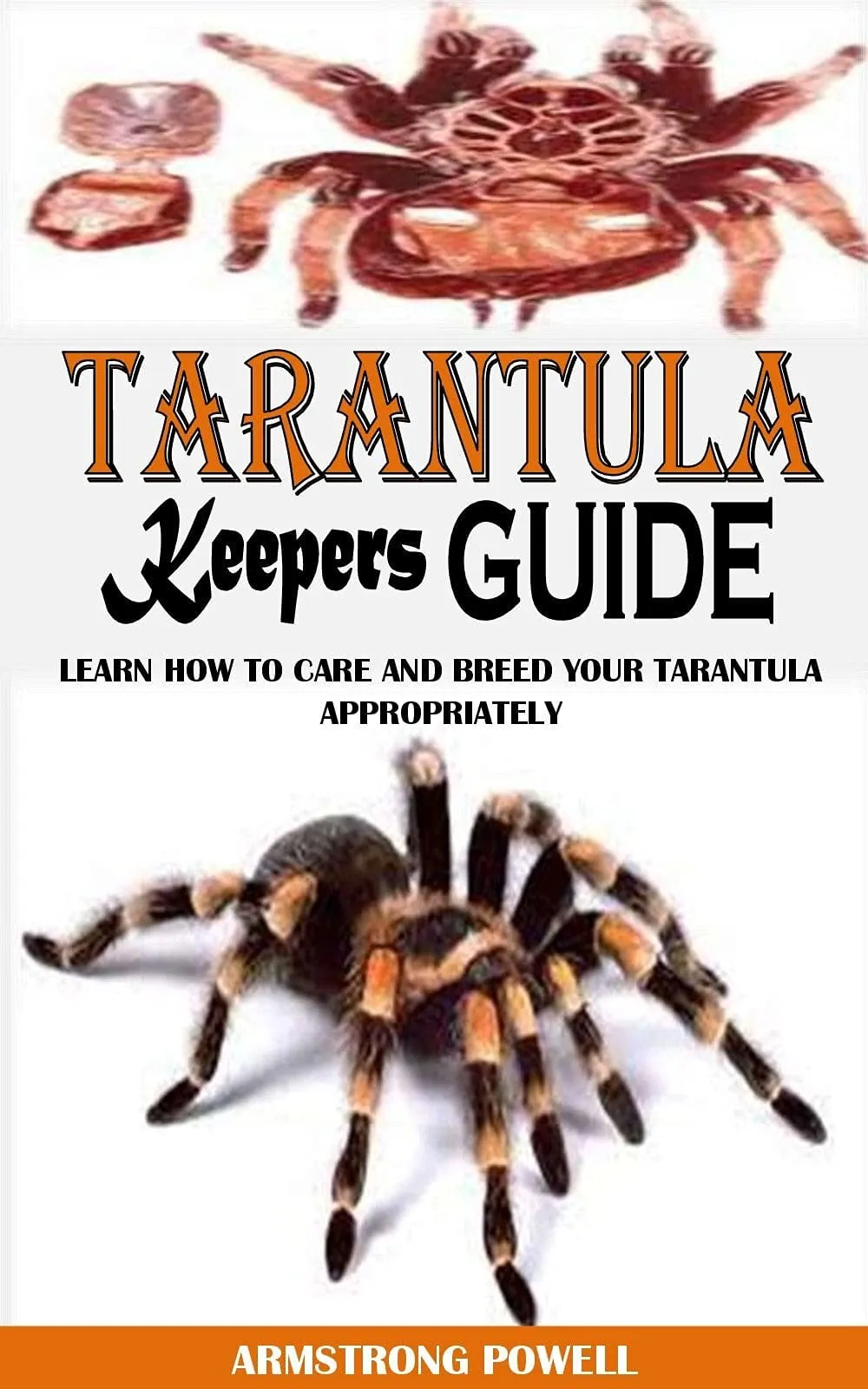
The substrate should mimic the tarantula’s natural habitat and facilitate burrowing. Common choices include coco fiber, peat moss, and vermiculite. Avoid using substrates that are too dusty or prone to mold. Decorate the enclosure with elements that provide hiding places and enrichment, such as cork bark, artificial plants, and sturdy branches. These additions will enhance the tarantula’s environment and provide a sense of security.
Temperature and Humidity
Maintaining the correct temperature and humidity levels is crucial for the health of your Broodfather tarantula. Use a thermometer and hygrometer to monitor the conditions. The temperature should be kept within the appropriate range for the species. Humidity can be managed by misting the enclosure regularly. Proper ventilation also helps to regulate humidity and prevent the growth of mold. The use of heating pads or lamps may be necessary to maintain a suitable temperature, but always ensure that the equipment is used safely.
Feeding Your Broodfather Tarantula
Providing a proper diet is essential for your Broodfather tarantula’s health and well-being. This section covers the appropriate food items, feeding frequency, and how to ensure your tarantula gets enough water. A balanced diet supports growth, molting, and overall vitality.
Appropriate Food Items

Broodfather tarantulas are carnivorous and primarily feed on insects. Suitable food items include crickets, mealworms, roaches, and other commercially available insects. The size of the food should be appropriate for the tarantula’s size, generally no larger than the tarantula’s body length. Ensure the insects are gut-loaded with nutritious food before offering them to your tarantula.
Feeding Frequency
The feeding frequency depends on the age and size of your Broodfather tarantula. Spiderlings and juveniles may need to be fed more frequently, perhaps every few days, while adult tarantulas can be fed less often, such as once or twice a week. Always remove uneaten food after 24 hours to prevent mold and mites. Observe your tarantula’s feeding habits and adjust the frequency accordingly, providing enough food to maintain a healthy abdomen.
Water and Hydration
Broodfather tarantulas need access to fresh water. Provide a shallow water dish or a water source with absorbent material that is kept clean at all times. Change the water frequently to prevent contamination. In addition to water dishes, misting the enclosure can help to maintain humidity and provide drinking opportunities. Monitor your tarantula’s hydration status and ensure it has adequate access to water.
Handling and Safety
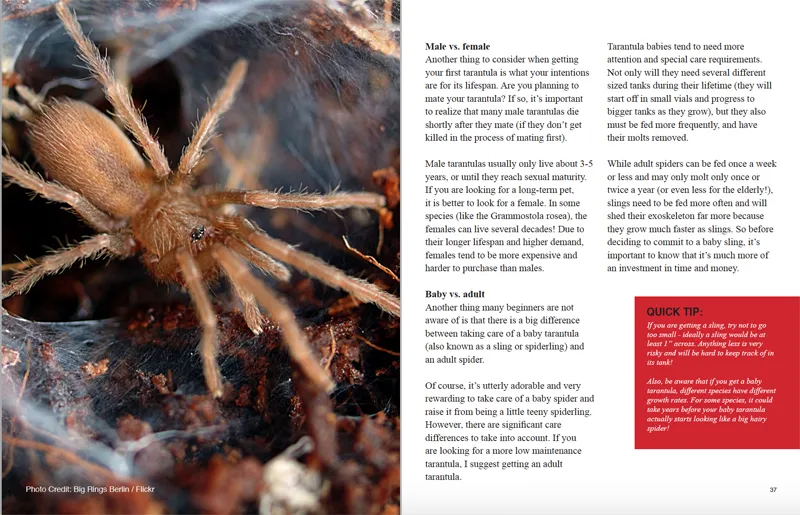
Handling a Broodfather tarantula requires caution and knowledge of their behavior. This section provides information on safe handling techniques, bite prevention, and what to do in case of an escape. Safety should always be the top priority when interacting with your tarantula.
Safe Handling Techniques
If you choose to handle your Broodfather tarantula, do so with extreme caution. Always approach the tarantula slowly and gently. Avoid sudden movements that might startle it. Encourage the tarantula to walk onto your hand rather than trying to pick it up. Handle them over a soft surface in case of a fall. Always wash your hands thoroughly before and after handling.
Avoiding Bites and Escapes
To prevent bites, avoid handling your tarantula unless absolutely necessary. Never put your fingers directly in front of it. Be mindful of the tarantula’s body language. If it appears defensive, back away. Ensure the enclosure is escape-proof. Regularly check the lid and any openings. If your tarantula does escape, remain calm and try to locate it, using a flashlight in dim environments. Be prepared to secure it safely.
Health and Common Issues

Knowing how to identify potential health problems and when to seek veterinary care is essential for responsible pet ownership. This section covers common ailments and how to address them to ensure your Broodfather tarantula remains healthy. Early detection and intervention can make a significant difference.
Identifying Common Ailments
Keep an eye out for any unusual behavior, such as lethargy, loss of appetite, or changes in posture. Look for physical signs such as missing legs, injuries, or discoloration. Watch for signs of parasites or infections. Observe molting cycles and any issues. It is important to regularly inspect your tarantula for anything that is out of the ordinary. Any change of this nature is a sign of concern.
When to Seek Veterinary Care
If you notice any serious health problems, such as persistent refusal to eat, signs of infection, or physical injuries, consult a veterinarian experienced in exotic animal care. While tarantula-specific veterinary care can be limited, a qualified veterinarian can provide diagnosis and treatment. It’s a great idea to find a qualified veterinarian before you require their services.
Breeding Broodfather Tarantulas
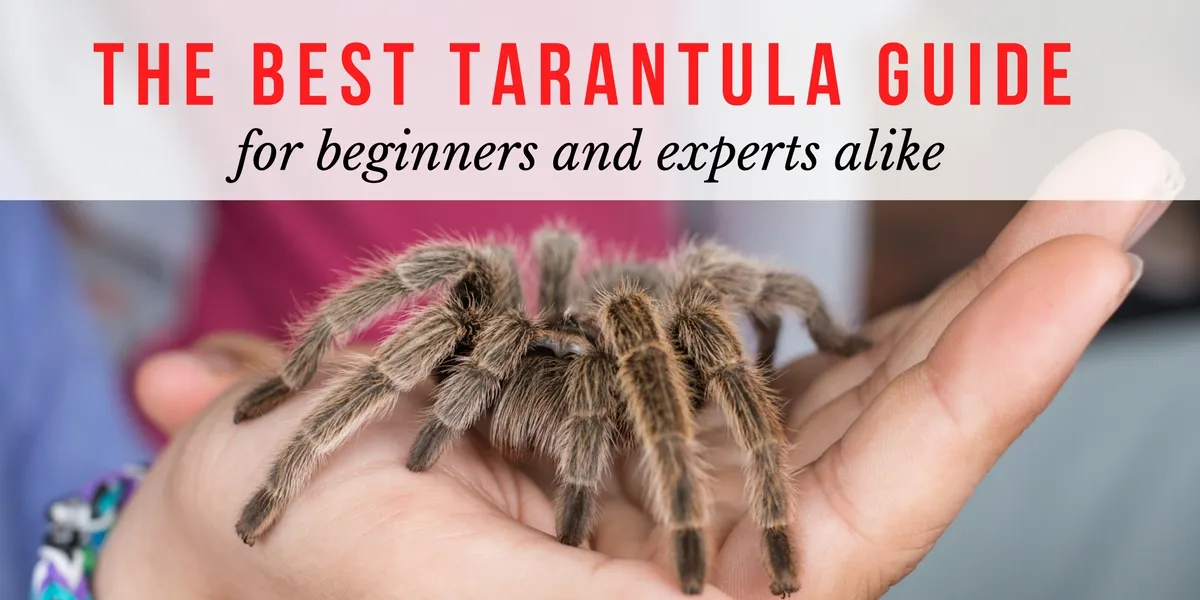
Breeding Broodfather tarantulas is an advanced aspect of tarantula ownership, but it can be a rewarding experience. This section discusses the basics of breeding, from sexing your tarantulas to managing the egg sac. Breeding requires considerable knowledge and dedication, and it is very important to understand everything.
Sexing and Mating
Determining the sex of your tarantula is the first step in breeding. Males have a modified pair of pedipalps and the presence of spurs on their front legs. When the time is right, introduce the male to the female’s enclosure. If she is receptive, mating will occur. Be prepared to separate the male promptly to prevent the female from attacking him. The tarantulas should be kept safe at all times.
Egg Sac Management
After mating, the female will produce an egg sac. Monitor the egg sac and provide optimal conditions for incubation. This may involve maintaining a specific temperature and humidity. It is important to note that some females might eat their egg sac or fail to produce one. If the egg sac is viable, the spiderlings will hatch. Provide the spiderlings with appropriate care, which includes proper feeding and housing. Proper care is required for successful breeding.
Owning a Broodfather tarantula can be a fulfilling experience. By following these guidelines and remaining attentive to your tarantula’s needs, you can ensure a long, healthy, and enjoyable life for your eight-legged friend. Remember that the key to successful tarantula ownership is a commitment to ongoing learning and responsible care.
